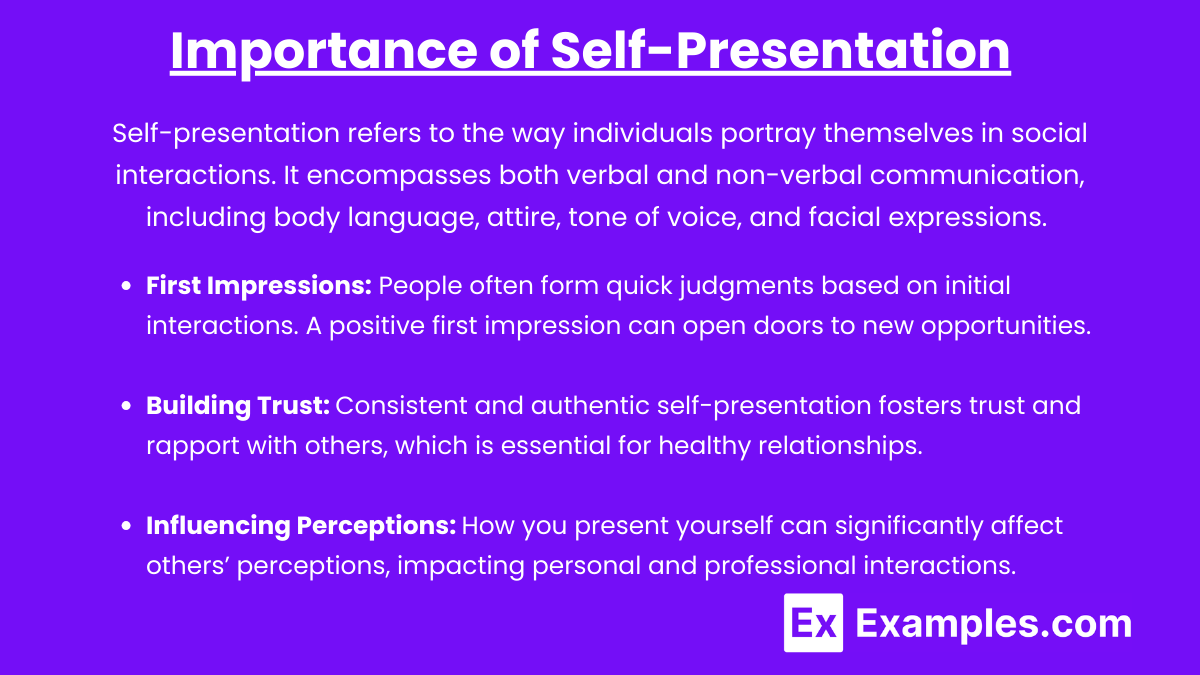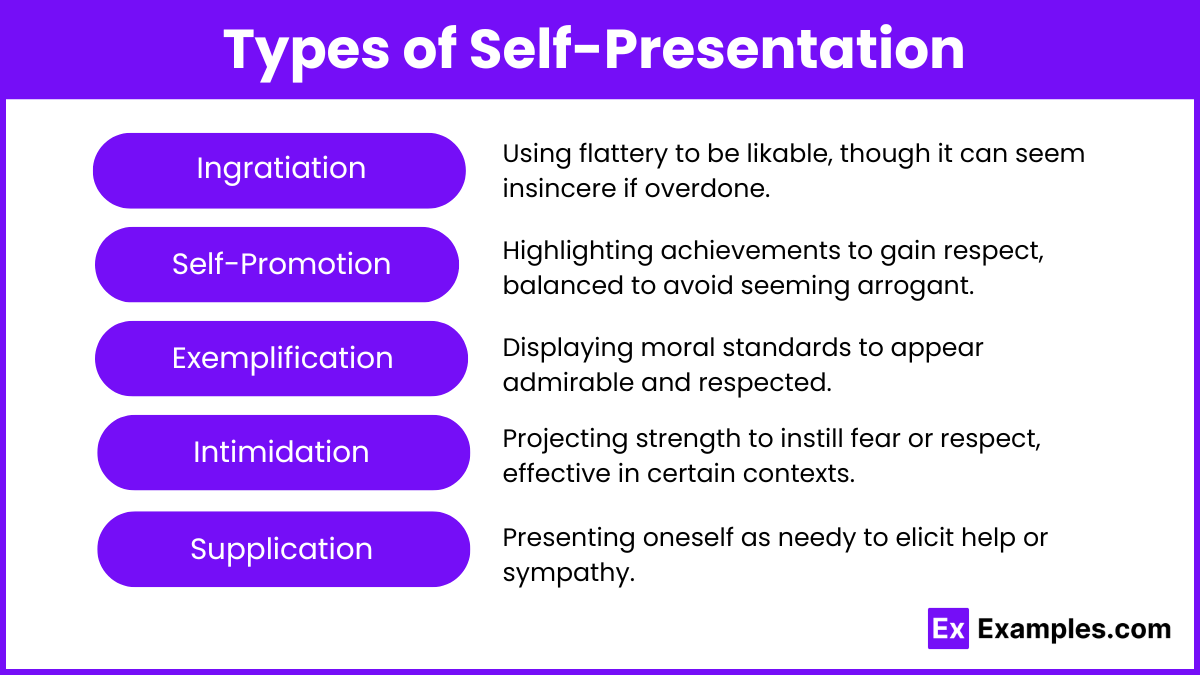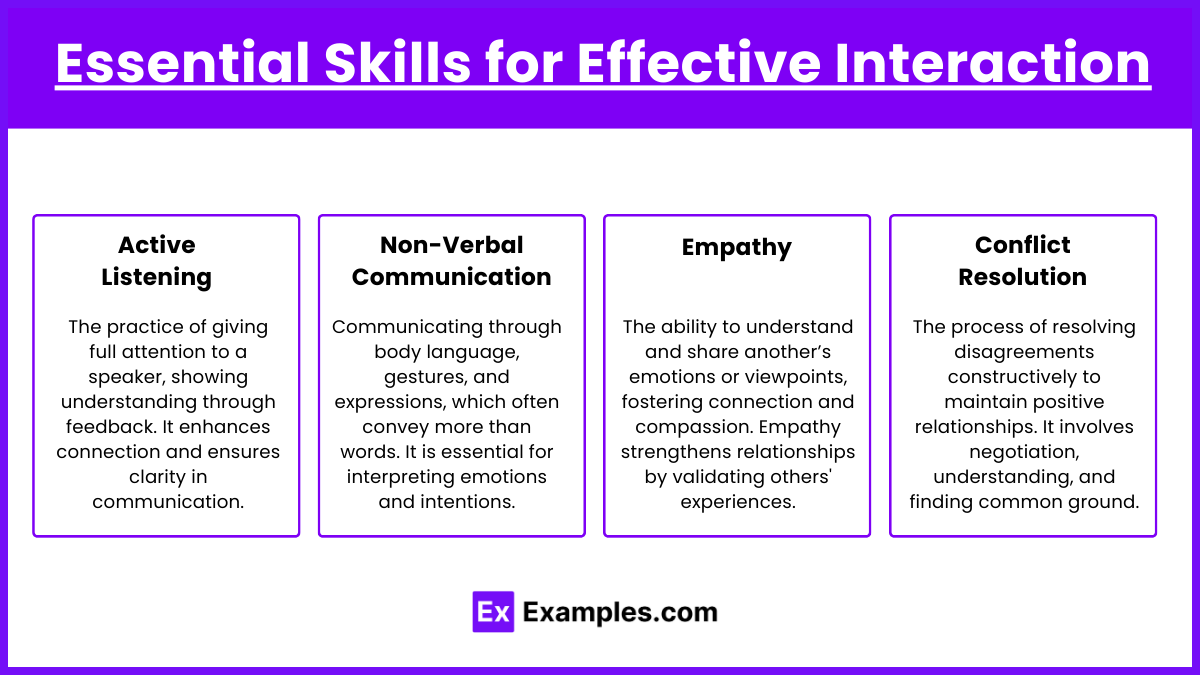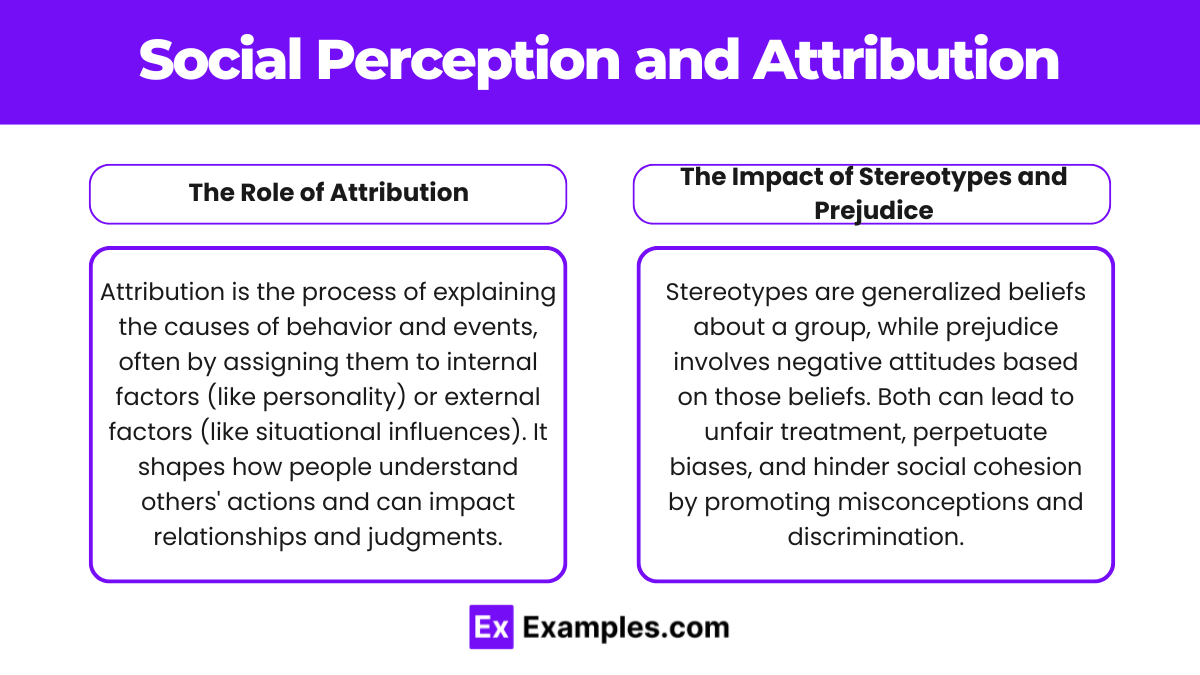Self-presentation and interacting with others are essential skills for effective communication and relationship-building. Self-presentation involves conveying one’s identity and emotions, influencing first impressions and ongoing interactions. It encompasses body language, tone, and appearance, fostering confidence and authenticity. Meanwhile, interacting with others requires active listening, empathy, and adaptability, allowing individuals to navigate social dynamics effectively. Together, these skills enable individuals to establish meaningful connections, collaborate successfully, and enhance their personal and professional lives through positive social engagement.
Learning Objectives
When studying the topic of “Self-Presentation and Interacting with Others” for the MCAT, you should focus on several key learning objectives. First, understand the principles of effective communication, including verbal and nonverbal cues, and how they impact interpersonal interactions. Second, explore the psychological theories related to self-presentation, such as impression management and social perception. Third, examine the role of empathy and emotional intelligence in facilitating meaningful connections and resolving conflicts. Finally, develop strategies for adapting your communication style to different social contexts, enhancing your ability to engage with diverse groups effectively.
Importance of Self-Presentation

Self-presentation refers to the way individuals portray themselves in social interactions. It encompasses both verbal and non-verbal communication, including body language, attire, tone of voice, and facial expressions. Effective self-presentation is crucial for:
- First Impressions: People often form quick judgments based on initial interactions. A positive first impression can open doors to new opportunities.
- Building Trust: Consistent and authentic self-presentation fosters trust and rapport with others, which is essential for healthy relationships.
- Influencing Perceptions: How you present yourself can significantly affect others’ perceptions, impacting personal and professional interactions.
Strategies for Effective Self-Presentation

- Be Authentic: Authenticity is key to building genuine connections. Be true to yourself and express your values and beliefs honestly. This not only helps you feel more comfortable but also attracts like-minded individuals.
- Use Positive Body Language: Non-verbal cues are powerful. Maintain eye contact, smile, and adopt open body language to convey confidence and approachability. Avoid crossing your arms or fidgeting, as these can signal discomfort or defensiveness.
- Dress Appropriately: Your appearance can greatly influence first impressions. Dress suitably for the occasion, considering the context and environment. Well-fitting and clean clothing can boost your confidence and make you appear more professional.
- Practice Active Listening: Interacting effectively with others involves more than just speaking. Show genuine interest in what others are saying by nodding, summarizing, and asking follow-up questions. This fosters connection and encourages mutual sharing.
- Manage Your Tone and Language: The way you speak can affect how your message is received. Use a friendly and clear tone, and choose your words thoughtfully to ensure your message is conveyed accurately and respectfully.
- Self-Disclosure: Sharing appropriate personal information can enhance intimacy and connection in relationships. Discussing hobbies, interests, or experiences can foster a sense of commonality and trust.
- Be Mindful of Social Cues: Pay attention to the reactions of others during interactions. Being aware of verbal and non-verbal feedback allows you to adjust your presentation style and improve communication.
Types of Self-Presentation

- Ingratiation: This involves using flattery or praise to make oneself likable to others. It can be effective but may come off as insincere if overused.
- Self-Promotion: Individuals highlight their accomplishments and skills to gain respect or recognition. This requires a balance to avoid appearing arrogant.
- Exemplification: This strategy involves showcasing high moral standards or integrity to appear admirable and worthy of respect.
- Intimidation: This approach seeks to instill fear or respect by projecting strength or power. It’s less common but can be effective in specific contexts.
- Supplication: This involves presenting oneself as needy or dependent to elicit help or sympathy from others.
Interacting with Others
Effective interaction with others involves understanding social cues, norms, and the dynamics of communication. These interactions can greatly influence relationships and overall social success.
Essential Skills for Effective Interaction

- Active Listening: This includes fully concentrating on the speaker, understanding their message, responding thoughtfully, and retaining information for later use.
- Techniques: Use verbal affirmations (e.g., “I see,” “That makes sense”), and non-verbal cues (e.g., nodding, maintaining eye contact) to show engagement.
- Non-Verbal Communication: Body language, facial expressions, and tone of voice convey important information beyond words.
- Gestures: Open body language can foster a sense of trust and openness, while closed body language can signal defensiveness.
- Proxemics: Understanding personal space can significantly affect comfort and communication effectiveness.
- Empathy: The ability to understand and share the feelings of others fosters stronger connections and facilitates effective communication.
- Practicing Empathy: Actively try to see situations from others’ perspectives and validate their feelings.
- Conflict Resolution: Navigating disagreements constructively is essential for maintaining healthy relationships.
- Approaches: Focus on finding common ground, using “I” statements to express feelings, and remaining calm.
Social Perception and Attribution

Understanding how people perceive and interpret social cues is critical in self-presentation and interactions.
The Role of Attribution
- Attribution Theory: This framework explains how individuals interpret the causes of behaviors and events, distinguishing between internal (dispositional) and external (situational) factors.
- Fundamental Attribution Error: This bias leads people to overemphasize internal characteristics in others’ behaviors while downplaying situational factors.
- Self-Serving Bias: This tendency allows individuals to attribute their successes to internal factors while blaming failures on external factors.
The Impact of Stereotypes and Prejudice
- Stereotypes: These are generalized beliefs about a particular group that can influence perceptions and interactions. Awareness of these can help mitigate their effects.
- Prejudice and Discrimination: Understanding how biases affect interactions is crucial in fostering inclusive environments. Recognizing one’s own biases is the first step toward improving interpersonal relations.
Examples
Example 1 : Networking Events
At a professional networking event, an individual presents themselves confidently by dressing in formal attire, maintaining good posture, and making eye contact during conversations. They engage others by asking open-ended questions about their work, actively listening, and sharing relevant personal experiences. This self-presentation not only makes a strong impression but also fosters connections that could lead to future collaborations or job opportunities.
Example 2 : Job Interviews
In a job interview, a candidate uses self-presentation techniques to convey professionalism and enthusiasm. They arrive on time, dress appropriately, and use a firm handshake while introducing themselves. During the interview, they articulate their skills and experiences clearly and relate them to the job requirements, demonstrating how they can contribute to the company. This positive interaction creates a favorable impression on the interviewer and increases the candidate’s chances of being hired.
Example 3 : Public Speaking:
When giving a presentation, a speaker employs effective self-presentation by using body language, voice modulation, and visual aids. They engage the audience by making eye contact, using gestures, and encouraging questions. By presenting themselves as knowledgeable and approachable, the speaker fosters a dynamic interaction that keeps the audience interested and involved throughout the presentation.
Example 4 : Social Gatherings
At a social gathering, an individual makes an effort to connect with others by introducing themselves and initiating conversations. They use active listening skills, nodding and responding to comments, which shows genuine interest. By sharing personal anecdotes and asking about others’ experiences, they create a comfortable atmosphere that encourages meaningful interactions and builds friendships.
Example 5 : Online Interactions
In an online forum or social media group, a person uses self-presentation by crafting thoughtful posts and responding to others with kindness and respect. They share valuable insights, engage in discussions, and acknowledge others’ contributions. By presenting themselves as knowledgeable and supportive, they foster a positive online community and encourage others to interact openly, enhancing the overall experience for everyone involved.
Practice Questions
Question 1
Which of the following strategies is most effective for managing first impressions during an initial meeting?
A. Dressing in a casual manner to appear relatable
B. Making direct eye contact and smiling
C. Speaking quietly to avoid drawing attention
D. Using complex jargon to demonstrate intelligence
Answer: B. Making direct eye contact and smiling
Explanation:
Making direct eye contact and smiling are crucial components of effective self-presentation. These non-verbal cues signal confidence and approachability, helping to create a positive first impression. Research shows that people tend to perceive individuals who maintain eye contact as more trustworthy and engaging. In contrast, dressing casually (A) may undermine the professionalism of the encounter, speaking quietly (C) can suggest insecurity, and using complex jargon (D) may alienate the audience instead of fostering a connection.
Question 2
In a group discussion, which behavior is likely to enhance your credibility?
A. Interrupting others to assert your opinions
B. Actively listening and acknowledging others’ contributions
C. Frequently using filler words like “um” and “like”
D. Dominating the conversation to showcase your knowledge
Answer: B. Actively listening and acknowledging others’ contributions
Explanation:
Actively listening and acknowledging the contributions of others fosters an environment of respect and collaboration. This behavior demonstrates emotional intelligence and can significantly enhance your credibility. It shows that you value the perspectives of your peers, which can build rapport and encourage open dialogue. Conversely, interrupting (A) and dominating the conversation (D) can come across as disrespectful and self-serving, while frequent use of filler words (C) can diminish your perceived confidence and authority.
Question 3
Which of the following is an example of positive self-disclosure in interpersonal communication?
A. Sharing a traumatic experience in detail to gain sympathy
B. Discussing your hobbies and interests to find common ground
C. Revealing sensitive personal information without context
D. Criticizing yourself to appear humble
Answer: B. Discussing your hobbies and interests to find common ground
Explanation:
Positive self-disclosure involves sharing appropriate personal information that helps to build relationships and foster connections. Discussing hobbies and interests (B) is a constructive way to find common ground and encourage reciprocal sharing, which strengthens interpersonal bonds. In contrast, sharing traumatic experiences (A) can overwhelm others and may not be suitable in all contexts. Revealing sensitive information (C) without context can lead to discomfort or misunderstandings, while criticizing oneself (D) may come across as disingenuous or fishing for compliments rather than fostering genuine interaction.


